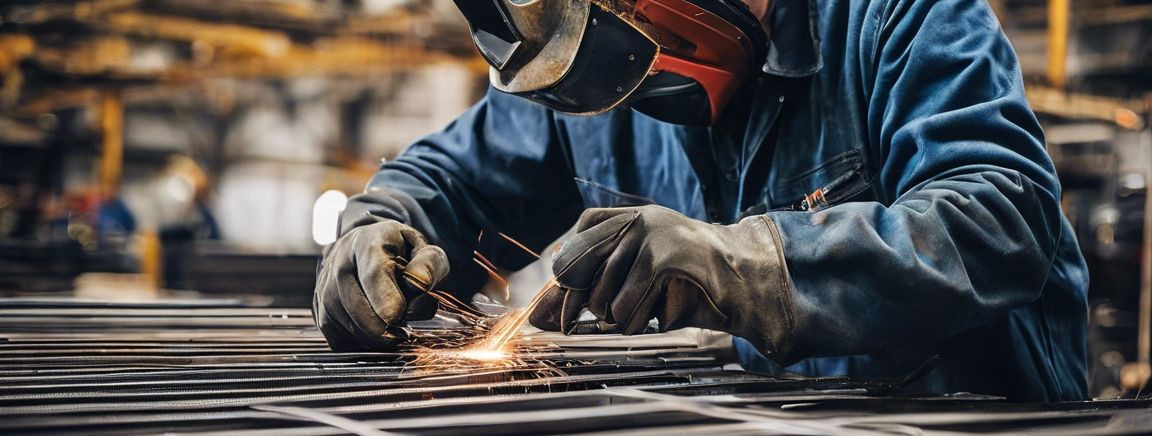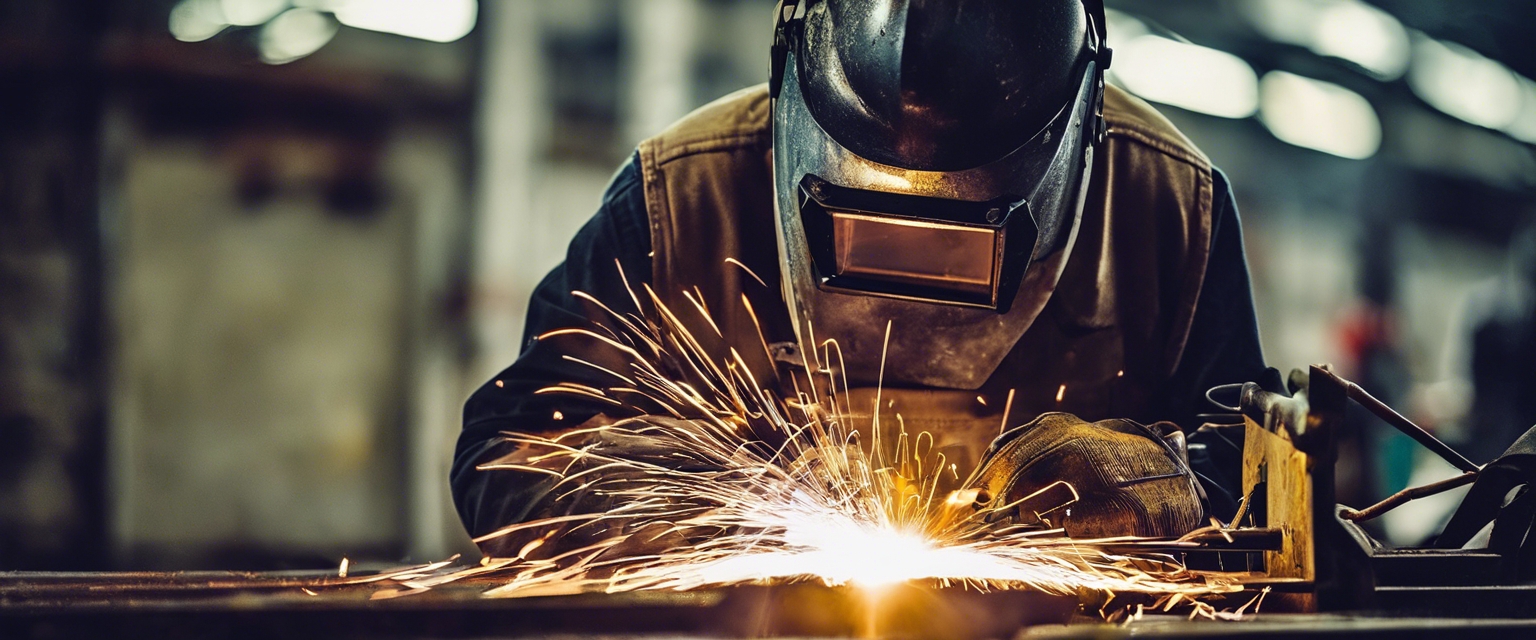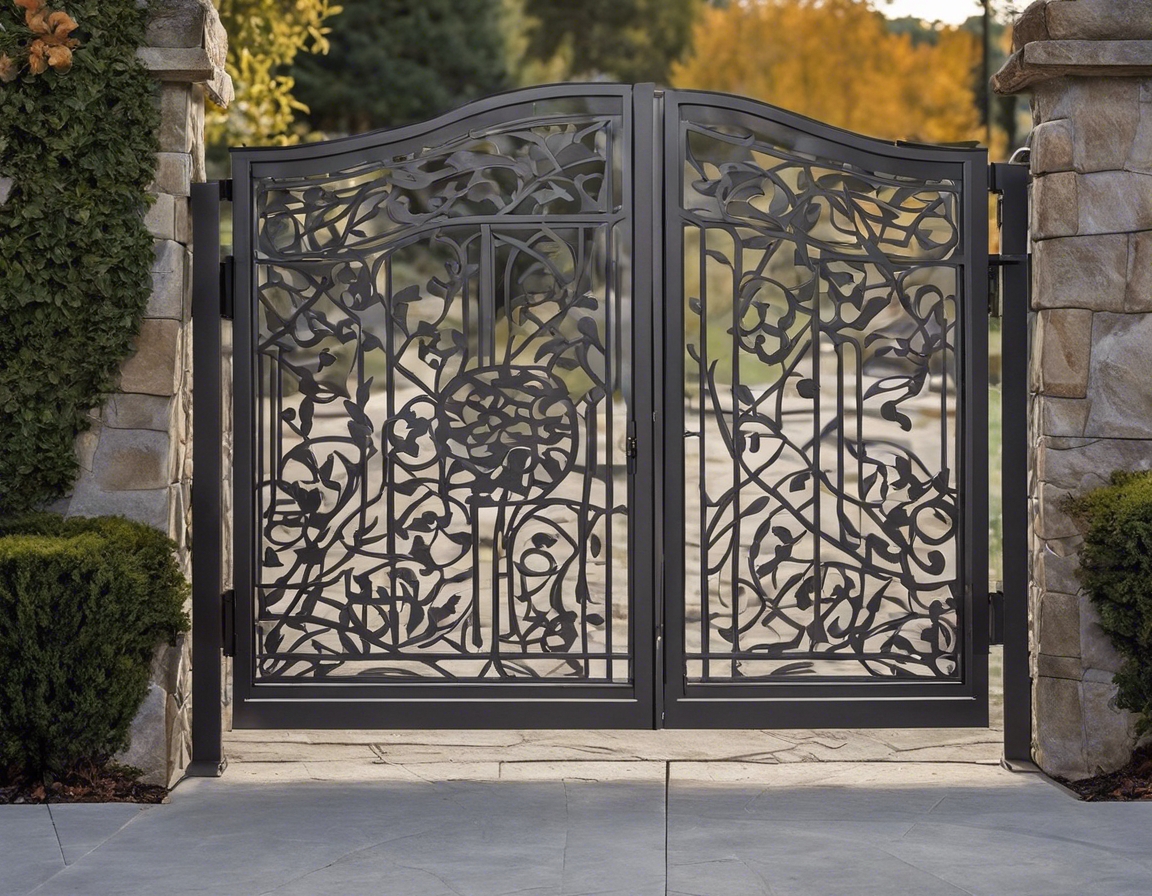The Art of Stainless Steel Welding: Techniques for a Perfect Finish
Introduction to Stainless Steel Welding
Stainless steel, known for its corrosion resistance and strength, is a staple in modern construction and design. However, achieving a perfect finish in stainless steel welding requires not only skill but also an understanding of the material and the right techniques.
Importance of Stainless Steel in Construction
Stainless steel's durability and aesthetic appeal make it a preferred choice for architects and developers. Its use ranges from structural elements to decorative features, ensuring longevity and minimal maintenance.
Challenges of Welding Stainless Steel
Welding stainless steel comes with its set of challenges, such as preventing warping, maintaining corrosion resistance, and achieving a clean finish.
Pre-Welding Preparation
Material Selection
Choosing the right grade of stainless steel is crucial for the welding process. Factors such as the environment, load-bearing requirements, and aesthetic needs should guide the selection.
Surface Cleaning
Before welding, the steel surface must be free of contaminants. Cleaning with appropriate solvents and ensuring a dust-free environment are essential steps.
Tool and Equipment Setup
Setting up the welding equipment with the correct parameters is vital for a successful weld. This includes selecting the right welding rods, gas mixtures, and machine settings.
Welding Techniques for Stainless Steel
TIG Welding for Precision
TIG welding is preferred for its precision and control, which is essential for high-quality finishes on stainless steel.
MIG Welding for Efficiency
MIG welding is faster and more efficient, suitable for larger projects where time is a factor.
Stick Welding for Versatility
Stick welding is versatile and can be used in various environments, although it may not provide the same level of finish as TIG or MIG.
Post-Welding Processes
Grinding and Sanding
After welding, grinding and sanding are necessary to smooth out the weld area and prepare it for finishing.
Polishing for Aesthetic Appeal
Polishing is the final step to achieve a mirror-like finish, enhancing the visual appeal of the stainless steel structure.
Inspection and Quality Control
Quality control through inspection ensures that the welds meet the necessary standards and specifications.
Advanced Tips and Tricks
Controlling Heat Input
Managing heat input is critical to prevent warping and maintain the integrity of the stainless steel.
Welding in Controlled Environments
Welding in controlled environments can help prevent contamination and ensure consistent results.
Common Mistakes to Avoid
Avoiding common mistakes such as excessive heat, improper cleaning, and incorrect welding techniques is essential for a perfect finish.
Conclusion
Mastering the art of stainless steel welding takes practice and attention to detail. By following these techniques and tips, welders can ensure a flawless finish that meets the high standards of our clients.






Comments (0)